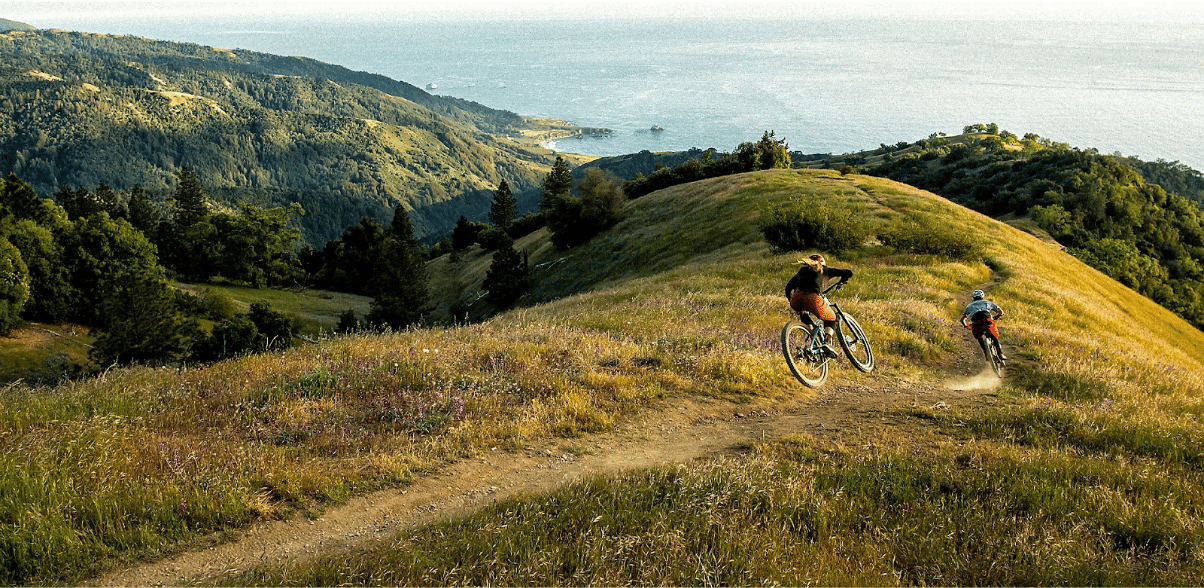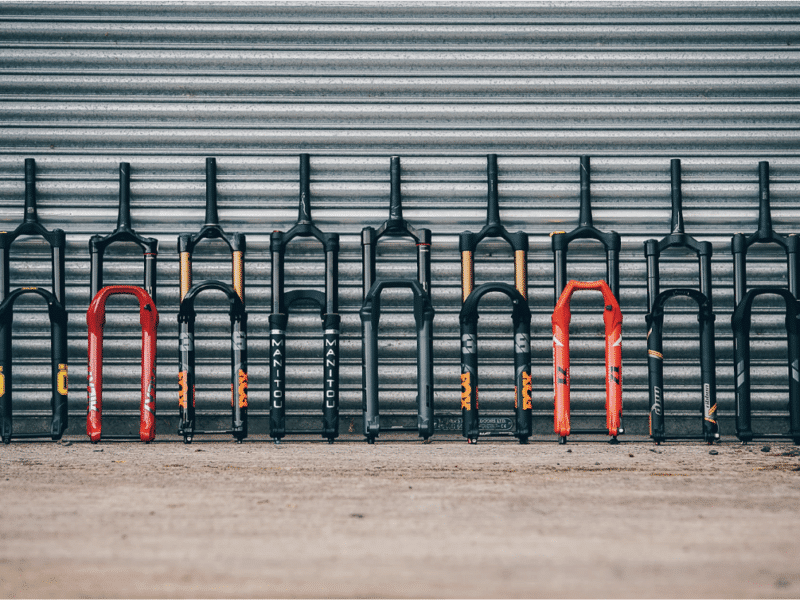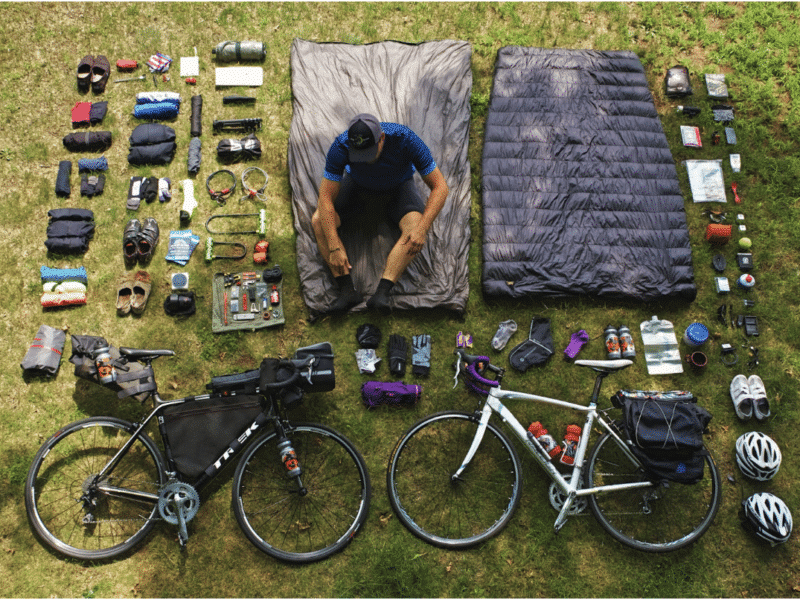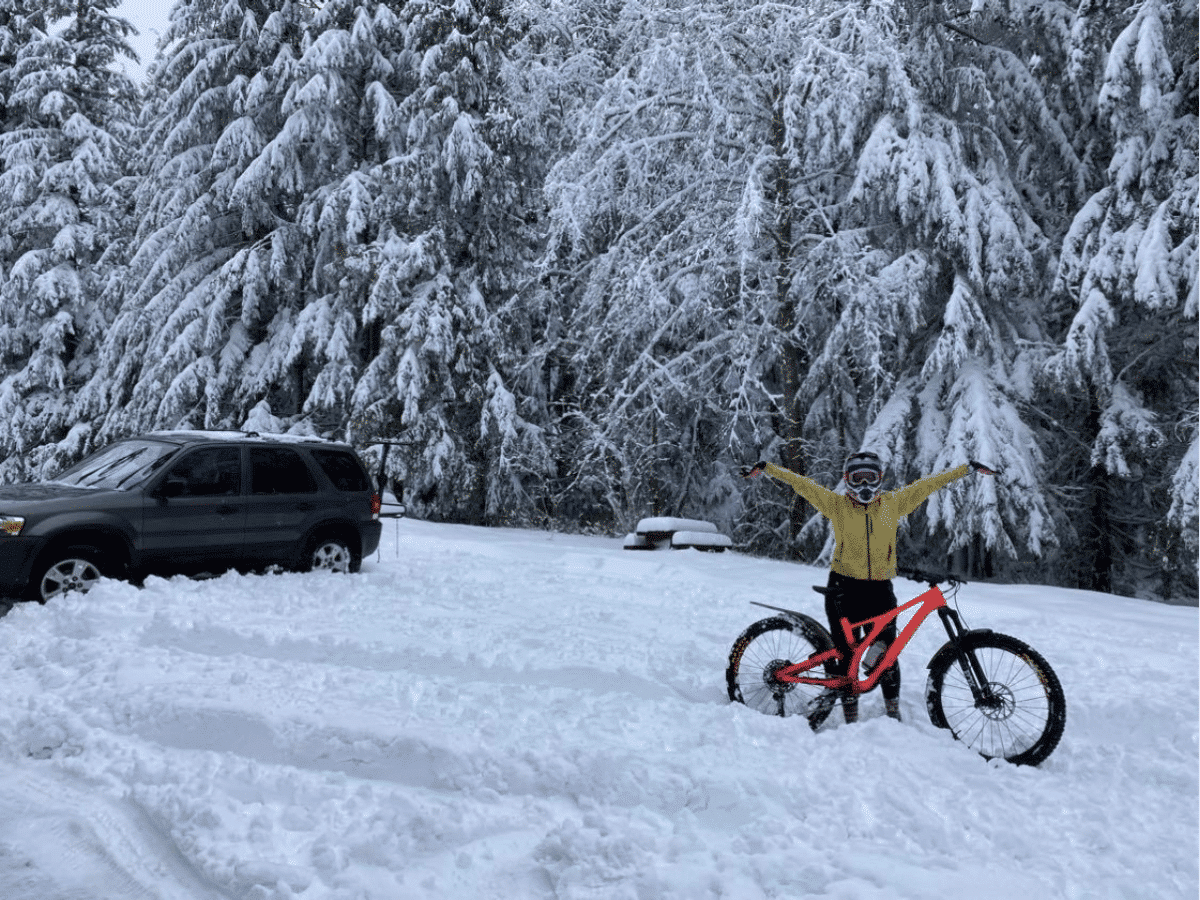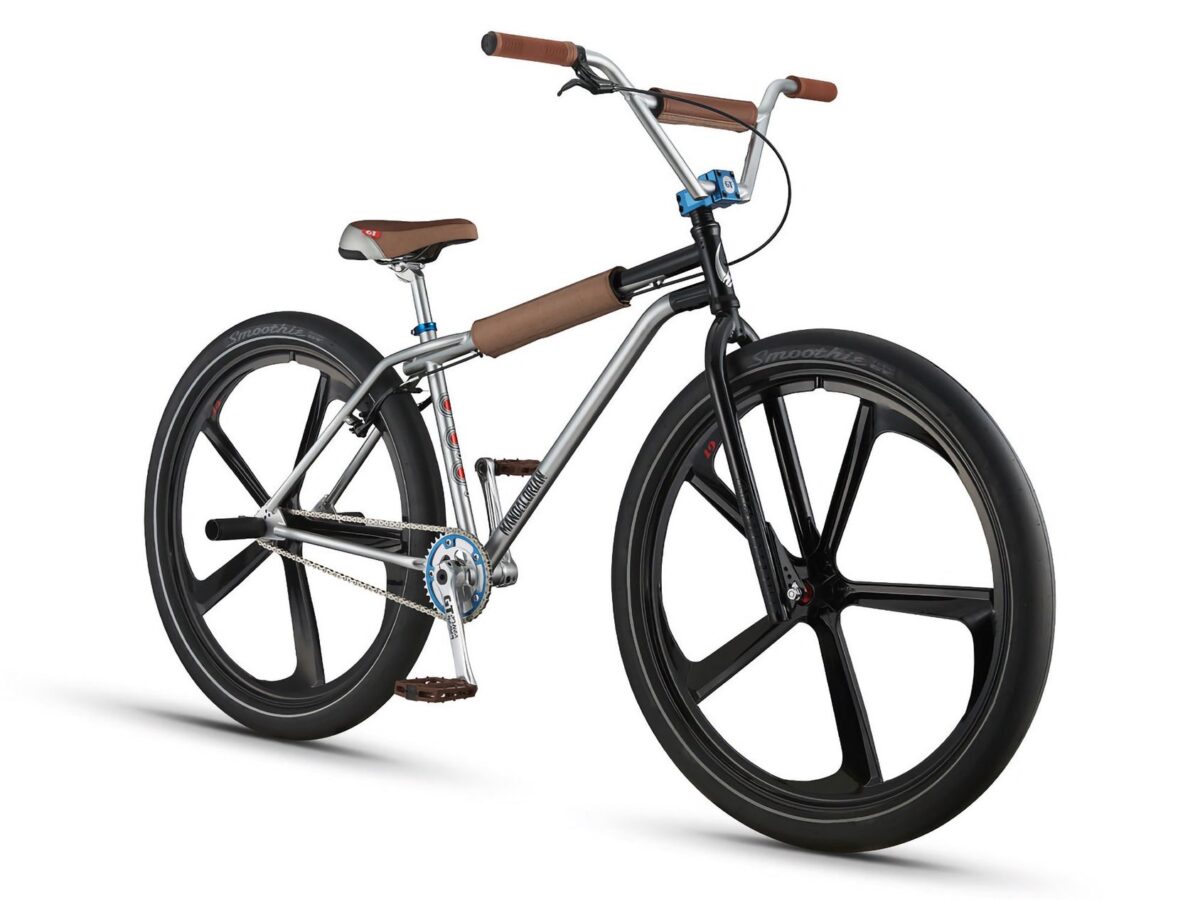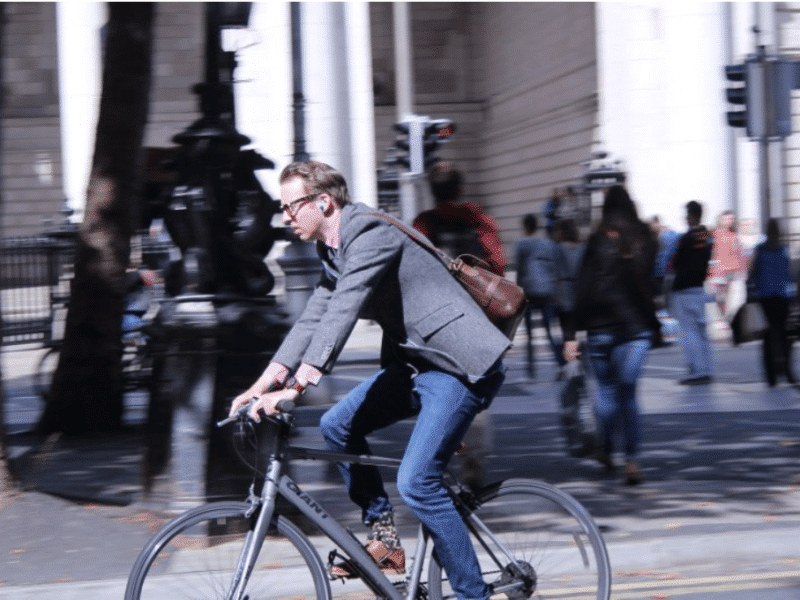Shimano is one of, if not the biggest name in the clipless pedal industry and their main two types that they offer are the SPD and SPD-SL pedals, but what exactly are the differences and what set is best for you to use on your own setup?
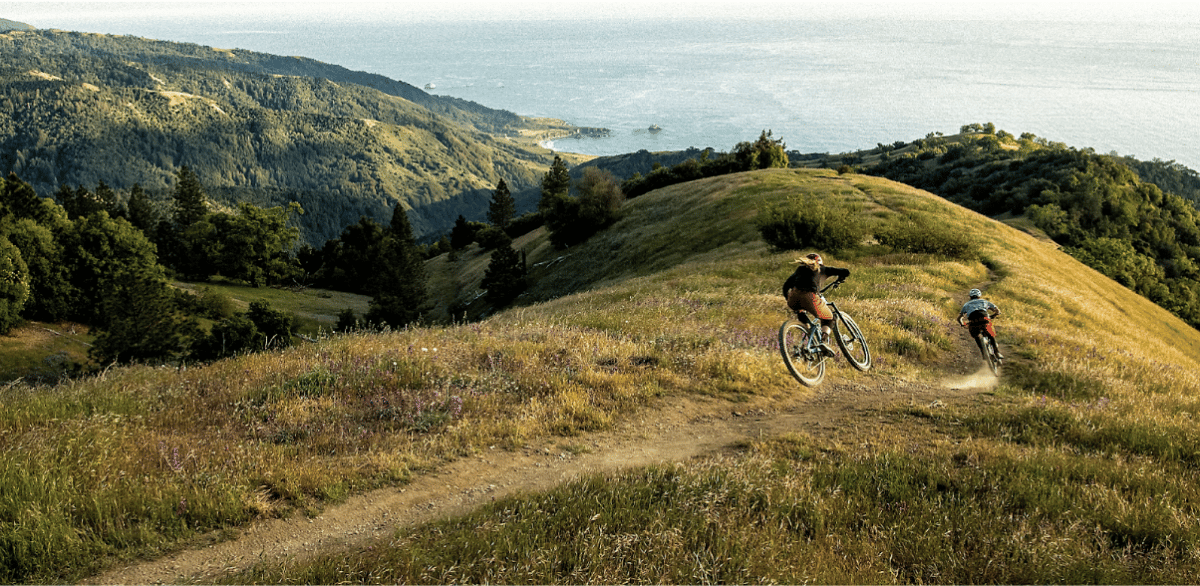
These pedals aren’t just popular amongst the road cyclists but are actually very popular amongst other disciplines of mountain biking as well, such as cross-country biking. This is because they give you a stability that flat pedals won’t be able to. This secure connection to the bike that you’ll get from these pedals can even ultimately improve your pedalling efficiency and thus why it is so popular in road cycling.
These two pedal systems are part of the ‘clipless’ pedal category and although that may sound weird because you do ‘clip’ yourself in and out of these pedals it has this name because it replaced the earlier systems of toe clips and straps. The clipless pedal system works by basically having a mechanism inside of it that is able to lock to a cleat screw, which you find underneath your shoe.
The differences

SPD Pedals
Pros
- Double-sided design offers easy engagement
- Great mud-shedding
- Easy to walk in
- Suited for almost all disciplines of riding
Cons
- Small contact area from cleat to shoe
- Heavier than similarly priced SPD-SL pedals
SPD-SL Pedals
Pros
- Large contact area
- More connection to the pedal
- Lighter than similarly priced SPD pedals
Cons
- Single-side entry
- Difficult to walk in
- Wear down faster
SPD stands for the words Shimano Pedalling Dynamics while the SL at the end of the other option stands for SuperLight. The names of these two different options already give you quite a good clue as to what the different systems are intended for.
The SPD system option has mainly been seen on mountain bikes and some gravel riding bikes while the SL version is used a lot more in road cycling, because of its reduced weight. There are also good reasons as to why you should consider using SPD pedals on a drop=bar bike as well but in the end it really does come down to which one you prefer more.
The SPD cleats, which is the weird mechanism on the bottom of your shoe that locks into your pedal, is made of metal and are normally smaller than the SPD-SL cleats. Another name that you’ll hear some people call the SPD cleat is ‘two-bolt cleats’ and this is because these cleats use two bolts that attach to your shoe. Then on the other hand we have the SPD-SL cleats which use three bolts instead and thus giving them the nickname ‘three-bolt cleats’. The SPD-SL cleats are plastic and so are lighter than the SPD cleats because they’re made of metal instead.
Why choose SPD pedals?
Double-sided entry

Most of the SPD pedals that are available to you are actually double+sided, which essentially means that youäll be able to clip into any side of the pedal you want. The fact that you donät have to keep trying to clip into the right side of the pedal means that you can focus on other things and thus makes it a very good option for someone who is new to cycling or someone who just wants starting and stopping to be as easy as possible.
There is a small screw that is located on the behind of your pedal, using this screw you’ll be able to adjust the release tension of the cleat which is how much tension is required to clip into and out of the pedal. This setting will definitely vary between riders as some will like to increase the release tension so that they get an extra sense of security when they are clipped in. Then there are others that prefer to have less release tension, normally beginners, so that it is easier to clip into and out of the pedals.
Then there is another setting that you have in your cleats sometimes and that is the ‘float’ in the shoe to pedal interface. This is how much your foot is able to move up and down, vertically, from the pedal, without disengaging, for a more comfortable riding experience.
All of the SPD cleats are made out of metal so you can be certain that these are high quality and robust, sadly after a few years of using them you will notice wear to the binding surfaces and this will result in the engagement of the cleats to the pedal will become less secure. However, if this is the only thing that is wrong you can easily find replacements and they won’t be too expensive.
You will be happy to know that there is actually some adjustability when it comes to the cleat position on your shoe because its mounting hardware is on a completely separate plate inside of the shoe’s sole itself. The bolt holes that are found inside of the cleat are actually designed in a way such that you’ll find yourself with a little bit of leeway in where you choose to position it.
When it comes to how you can release or disengage your foot from the SPD pedals, Shimano offers two different types of this. The first being the SH51 and SH52 pedals, which only release when you twist your heel outwards. Then secondly we have the SH56, which is known as the multi-release cleat because you’ll be able to disengage from this clipless pedal when you twist your heel upwards as well as outwards. The SH56 option definitely makes disengaging a little bit easier since there are more ways to do it but a lot of riders still prefer the first option as it has a more secure design.
Cleats you can walk in

Then we come to probably the biggest advantage of using a small SPD cleat and that is the fact that you’ll be able to comfortably walk in your shoes once off of your bike.
When it comes to the cycling shoes that have a two-bolt equipped underneath them, they actually also come with a tread on the sole and since the cleat is recessed into the bottom of your shoe. This means that you’ll have a big, as well as grippy, surface on the bottom of your shoe, that will almost act as a completely normal shoe, to walk on unlike the SPD-SL design, where you’ll have to walk on the actual cleat.
If you are a rider who sees themselves or already does walk a lot when you are on a bike ride then the SPD pedals are definitely the way to go for you, since the walking factor is such a game changer and the differences from SPD to SPD-SL are like night and day. If you are riding in areas where it is a bit slippery or is off-road then the SPD option will also prove itself worth as it’ll have enough grip to save you from slipping thanks to its sole’s tread.
Then when it comes to commuting back and forth to places, such as work, these SPD pedals also come in clutch since it will be a lot more comfortable to put your foot down at stops and when you have to walk to the bike sheds at the beginning and end of your commute. If you’re a touring rider then you’ll also want to think about choosing these over the SPD-SL pedals because they will allow for you to be able to walk around a lot more comfortably when you take stops, so that you won’t have to bring a spare pair of shoes to be able to walk around normally.
Mud-Shedding
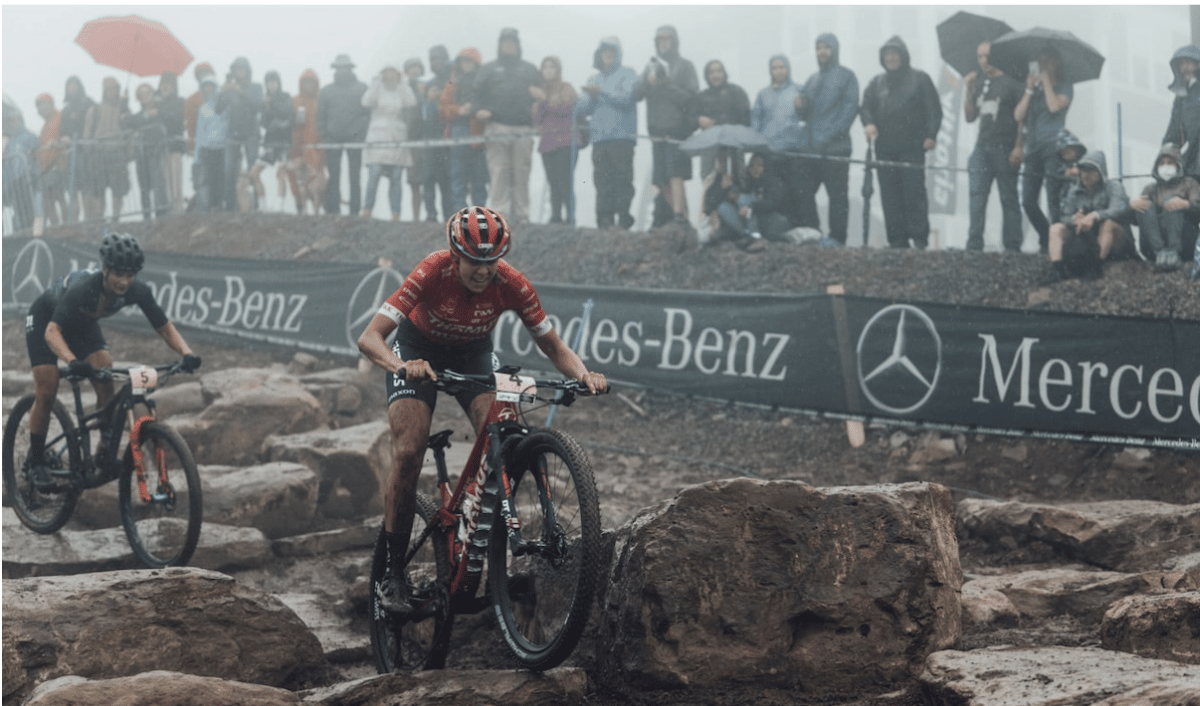
Since SPD pedals were designed for off-road use mainly, you’d probably expect them to be designed to shed mud, so this must come as no surprise to you.
If you look closely at how Shimano have designed and built their SPD pedals then you will have noticed that there is actually a large, empty space in the centre of them and this is so that all the mud, that collects on the bottom of your shoe, will fall off instead of affecting anything with your pedal engagement or your pedalling efficiency. This means that you’ll get the maximum performance you can out of these pedals, even during the more harsh riding conditions.
Since these pedals are so good at keeping itself from clogging from dirt and mud and they also offer that walkability that the SPD-SL pedals just can’t match, they really become the perfect pedals for those in cyclocross racing and mountain biking. Another discipline that these pedals are seen in is gravel bike riding and these have gotten a lot more popular lately thanks to the latest of the gravel shoes now offering SPD compatibility.
If you have been riding with flats on your bike for a while and are a little nervous to switch to clipless pedals because you won’t be used to them, then SPD pedals are a good choice as your first pair.
If you are someone that likes to ride a lot in winter or just when the environment is muddy, wet or even icy then it may be a good idea for you to invest in a pair of winter SPD boots as well as pedals. This is because these boots are specifically designed to keep all the dirt and whatnot, getting kicked up by your tyre, from clogging your cleats.
In order to maximise mud-shedding Shimano has made a much smaller surface area for their SPD pedals. However, if mud-shedding isn’t so important to you or if you’d prefer to have a larger surface area to put your feet on then there are also a lot of other designs out there for someone like you, which offer a larger platform on the pedal, which also makes it easier for you to to even ride without clipping yourself in if you want.
Then if you feel like you aren’t secure enough, when you are clipped into the pedal, then you can actually add thin shims in between your shoe and the cleat in order to make the most out of the connection between the shoe and the pedal surface.
Why choose SPD-SL pedals?
Larger platform on the pedal
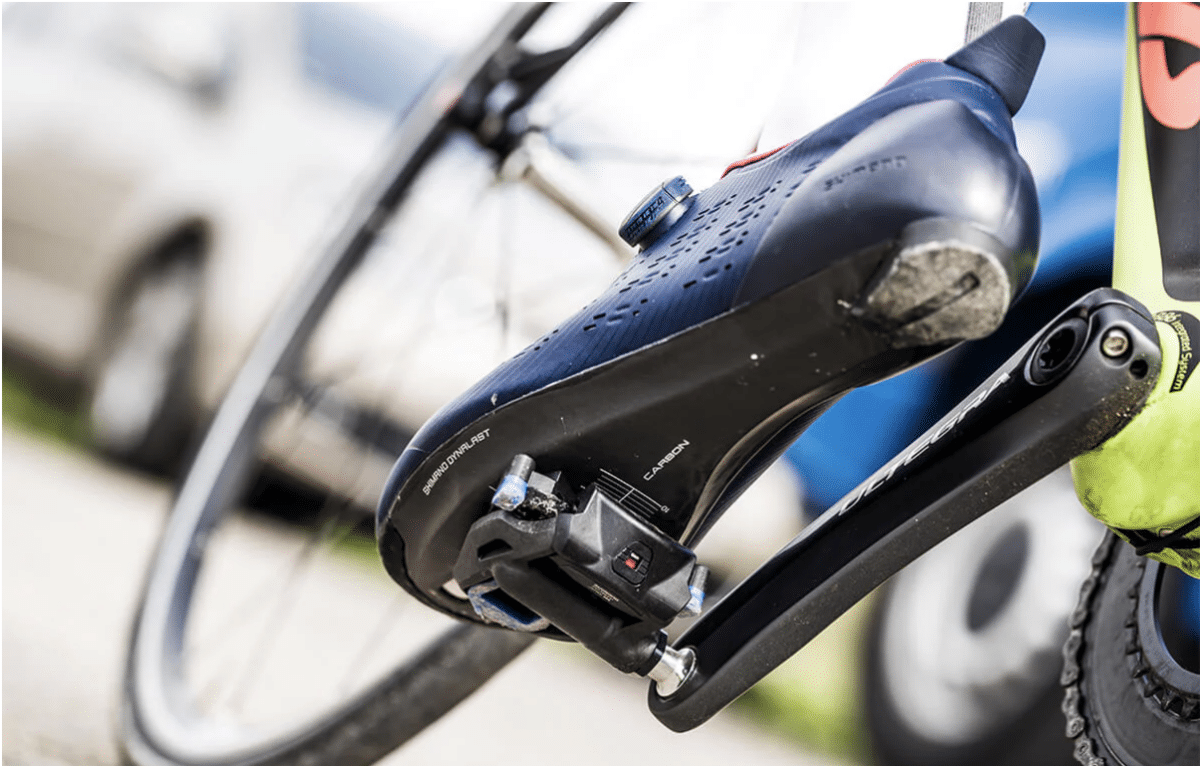
The main advantage to owning a SPD-SL pedal is its low weight and its great power delivery.
Since the body of the pedal is wider and the interface from the pedal to the cleat on your shoe is also larger than that of the regular SPD pedals, it means that your cleats will be clipped into the pedal a lot more firmly and make it a lot more ideal for sprinting and gaining speed fast with help from having a bigger platform as well.
To keep the weight of this setup down the cleats are made of plastic but don’t think that this takes away from the quality or performance of the cleats. The cleats are quite large, with three bolts spaced quite widely from each other on the underside of your cycling shoes, this allows for a much more secure attachment from your pedals to your shoes, so you don’t have to have any worries of accidently clipping out or disengaging your cleat from the pedal.
Although having a larger cleat is nice for riding it does make it a lot more awkward to walk in. If the surface that you’re walking on is a little wet then you have to be extra careful because you’ll easily slip if you aren’t focused on where you are stepping but even if it is completely flat and dry you’ll still find yourself awkwardly ‘waddling’ because you can’t walk normally with these shoes on. Then to make matters worse you don’t have any type of grip on the soles of the shoes like you have if you were to run a SPD setup, all you’ll have is a small pad at the toe and heel of the shoe but this is mostly to reduce wear, not give you traction or grip.
Even though they have this little pad to protect from wear they still tend to wear a lot quicker than the SPD option. Even though you have to regularly replace them it shouldn’t put too much strain on your wallet as they aren’t too expensive.
Even though many people try to avoid walking in these cleats in any conditions you should definitely try and avoid doing so in any type of mud. Since the binding surfaces on the SPD-SL pedals are relatively deep they are much more likely to clog up from this dirt or mud and could result in you not being able to clip into your pedals properly once this happens.
So if you are a rider who is going to cover long distances on the road, or if you aren’t going to need to walk around a lot, then the SPD-SL pedal system is definitely a great option for you to consider for your bike.
Single-sided entry
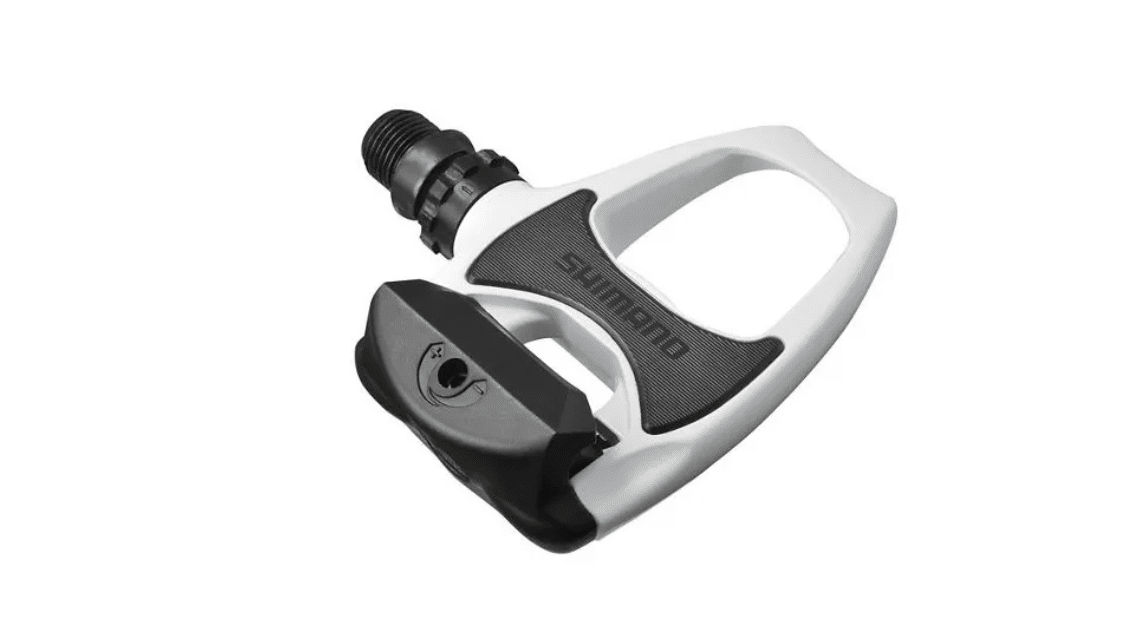
The SPD-SL pedal system is a single sided one, which means that they’ll naturally be pointing downwards and so clipping in will take a little more time to master as you’ll have to learn the technique of flipping over your pedals and engage the cleat with the top surface of the pedal to start riding. Once you master this technique it’ll become second nature and you won’t even have to think of it anymore but beware, you’ll need a lot of patience, this takes practice to get right.
Then when it comes to disengaging from the SPD-SL cleats it varies from rider to rider as to how hard it is but a lot of riders actually think that it is a bit harder to disengage than if you had SPD pedals. Just as in the SPD pedals though you can adjust the tension to suit exactly how you want it, which may help a little bit. Riders who are still new to the biking scene or commuters would probably prefer the SPD pedals because of their double-sided design, especially when there’s a lot of spotting and starting.
If you are fine with clipping in and out of the pedals then they may have more advantage to you as they are much lighter than the SPD pedals and normally weigh in at around 50g to 100g.
The adjustability

Just like with the SPD pedals, you’ll be able to change the release tension of the SPD-SL pedals as well, by loosening or tightening the bolt on the back of your pedals. To alter the amount of rotational float from the shoe to the pedal you’ll have to choose a different type of cleat and these will come in different colours so you’ll be able to identify how much float each one gives you with ease.
The one that is the most common option are the yellow Shimano cleats, which give you 6 degree of float to play around with, then the next one, which offers two degrees of float, are the blue cleats and then finally the red cleats, which will have your feet in a fixed position at all times as it doesn’t offer any float at all.
To further adjust your SPD-SL system you’ll be able to move the cleats back and forth on your shoe, just like on the SPD system, in order to find the fit that will best cater to your pedalling style. There is a bit of change that you’ll be able to do to the angle of the cleat but not much and lastly, almost every shoe will allow you to move the mounting plate, in your sole, back and forth.

